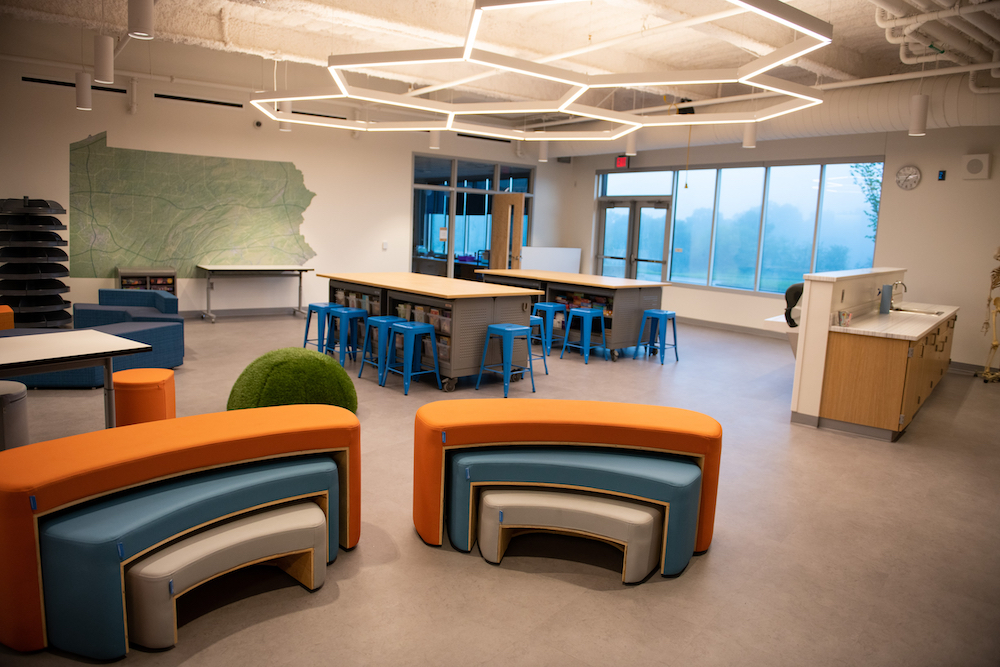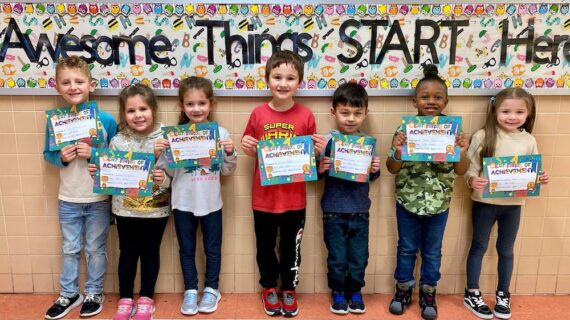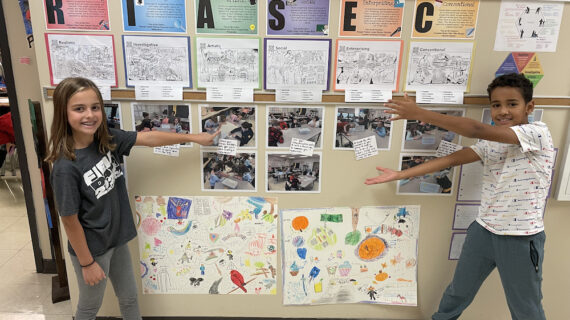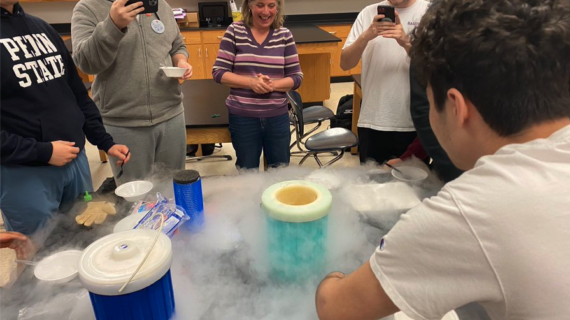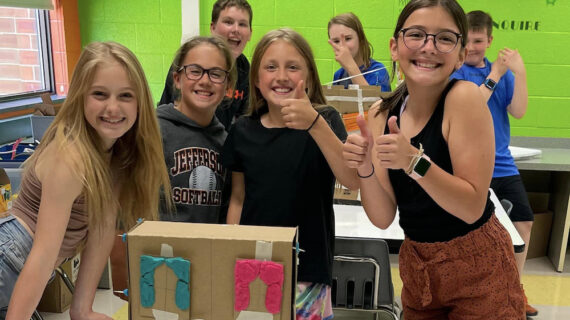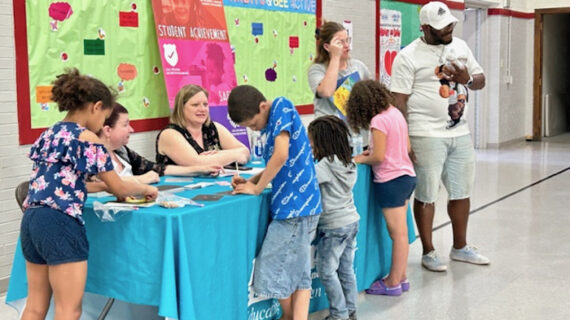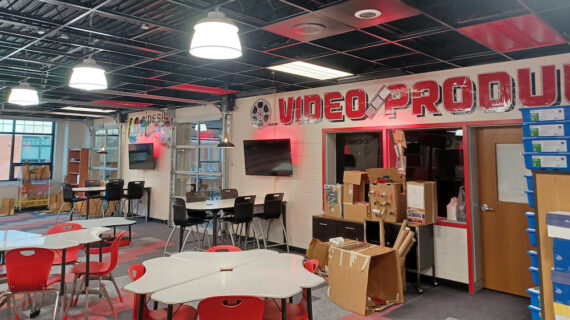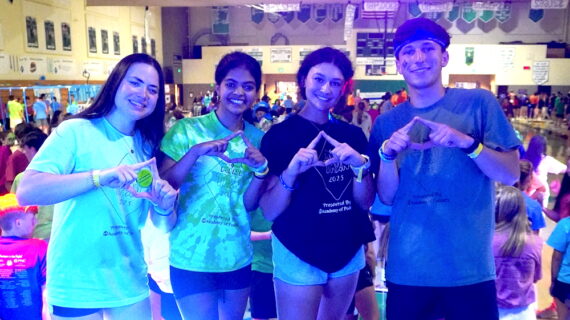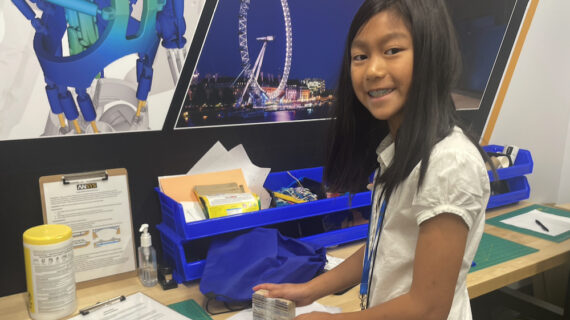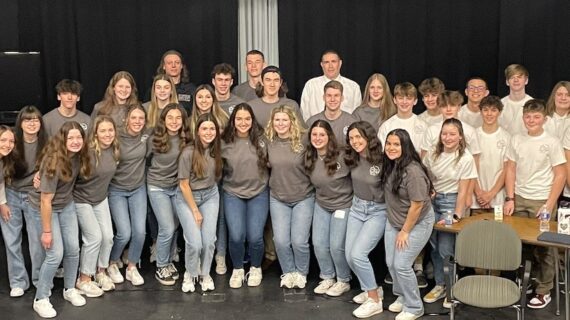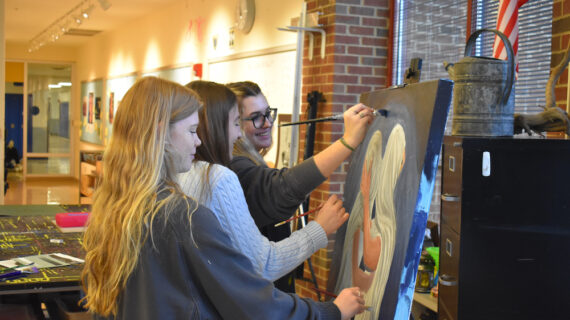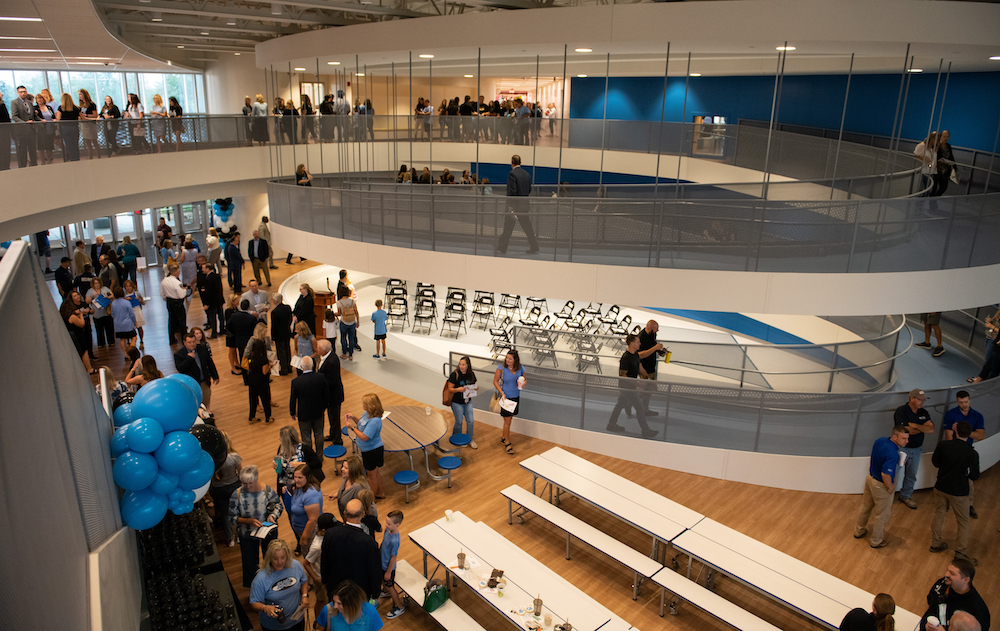
The Seneca Valley School District: Proving what’s possible within the walls of a school
This story is one in a series created in collaboration with the AASA Learning 2025 Alliance to celebrate the work of groundbreaking school districts in the Pittsburgh region. Kidsburgh will share these stories throughout 2023.
In 2022, TIME scoured the planet to find the technologies, gadgets, and breakthroughs changing how humanity lives. The magazine’s list included the James Webb Telescope, which floats nearly a million miles from Earth. It included the two-nanometer chip — the smallest, most powerful microchip ever invented. (For reference, two nanometers is about the distance your fingernails grow every two seconds.)
The list also included a building. With harmonic walls that radiate sound and a spiral-shaped ramp that arcs toward the ceiling, the Y-shaped structure looks like something from science fiction. This is Ehrman Crest, a K-6 elementary school in the Seneca Valley School District near Pittsburgh.
The only school to make TIME’s list, “Ehrman Crest models the future of educational institutions,” the magazine wrote.
Nearly a decade in the making, the building reflects Seneca Valley’s future-driven approach. “We spent a lot of time with parents, students, and stakeholders in the community,” says Tracy Vitale, the district’s superintendent. “We said, ‘Let’s just make a wish list. If we wanted to build the school of the future, what do you think it would look like?’”
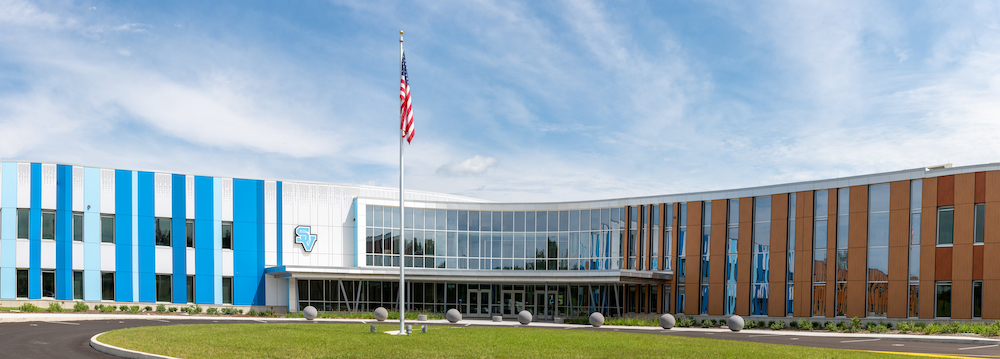
The $63 million, 200,000-square-foot answer includes a sundial that measures time, cut-away walls that reveal how the building works, and even ropes courses that teach kids to collaborate. But the goal goes beyond beauty or fun, Vitale explains. While typical classrooms encourage didactic teaching — the “lecture and listen” style of learning that so many students know well — Ehrman Crest is designed to do something different.
“Didactic teaching might be important at times, but children aren’t meant to sit in chairs for seven hours a day,” says Vitale. “We know from research that if we want students to learn, then we need them to move. We need them to use their hands. We need them to talk to each other and be curious and explore. And so we wanted a space that encourages them to do just that.”
Ehrman Crest’s spiral ramp makes moving between floors more fun (and more accessible). Adaptive collaboration spaces can hold several classrooms at once, nurturing new connections among students and teachers. And endless windows — a design element inspired by renowned Finnish architecture — offer direct sightlines to the outdoors.
“Schools in Helsinki break down the barrier between classrooms and the natural world,” Vitale explains. “We’ve done something similar here at Ehrman Crest. No matter where students walk, they’re able to see this beautiful piece of land in western Pennsylvania.”
The district’s willingness to scour the planet for great ideas led it to join the Western Pennsylvania Learning 2025 Alliance, a regional cohort of school districts working together — and with peers across the country — to create student-centered, equity-focused, future-driven schools that prepare every learner for tomorrow. Led by local superintendents and AASA, The School Superintendents Association, the Alliance convenes for workshops, networking opportunities, and professional development that helps districts like Seneca Valley do what they do best: bring the world to their students.
“What I love about the Alliance is that it multiplies the number of schools we can learn from and even partner with,” says Vitale. “Sometimes, the best ideas are right here in Western Pennsylvania, and we can connect with districts in our own backyard. Other times, we might look outside the region. And the Alliance helps with that, too.”
This confluence of global ideas and local partnerships creates a world of opportunity for Seneca Valley’s students. The district offers 23 advanced placement courses; 37 honors courses; and 39 college-in-high-school courses in which students receive dual enrollment in one of six nearby colleges and universities. Seneca Valley also offers 15 areas of study at the county vocational school; a nationally renowned autism program; a cyber school; and one of the nation’s oldest JROTC programs. Then there’s the district’s athletics program, which offers 20 different sports.
In other words: Ehrman Crest gets much of the fanfare, but the innovations that inspired it permeate the rest of the district. Seneca Valley recently renovated every K-6 library to include Creativity, Innovation, and Research Centers (CIRCs), where children design inventions of their own. “Students brainstorm and build prototypes, and then they actually build their inventions in the CIRC,” Vitale explains. “Then they present their inventions to the community in a ‘Shark Tank’ format.”
In that sense, the district that brings the world to its students also brings its students to the world. Since Ehrman Crest’s appearance in TIME, the district has been flooded with so many requests to visit that tours are soon to be led by students themselves.
What people see when they get there, says Vitalie, is far more than a building. “What they really see is community — a place where everyone’s devoted to giving their very best to our students.”
Want to download this story? Click here for a PDF.
